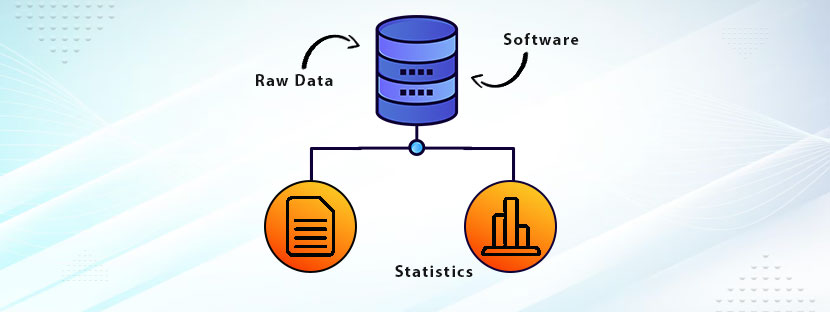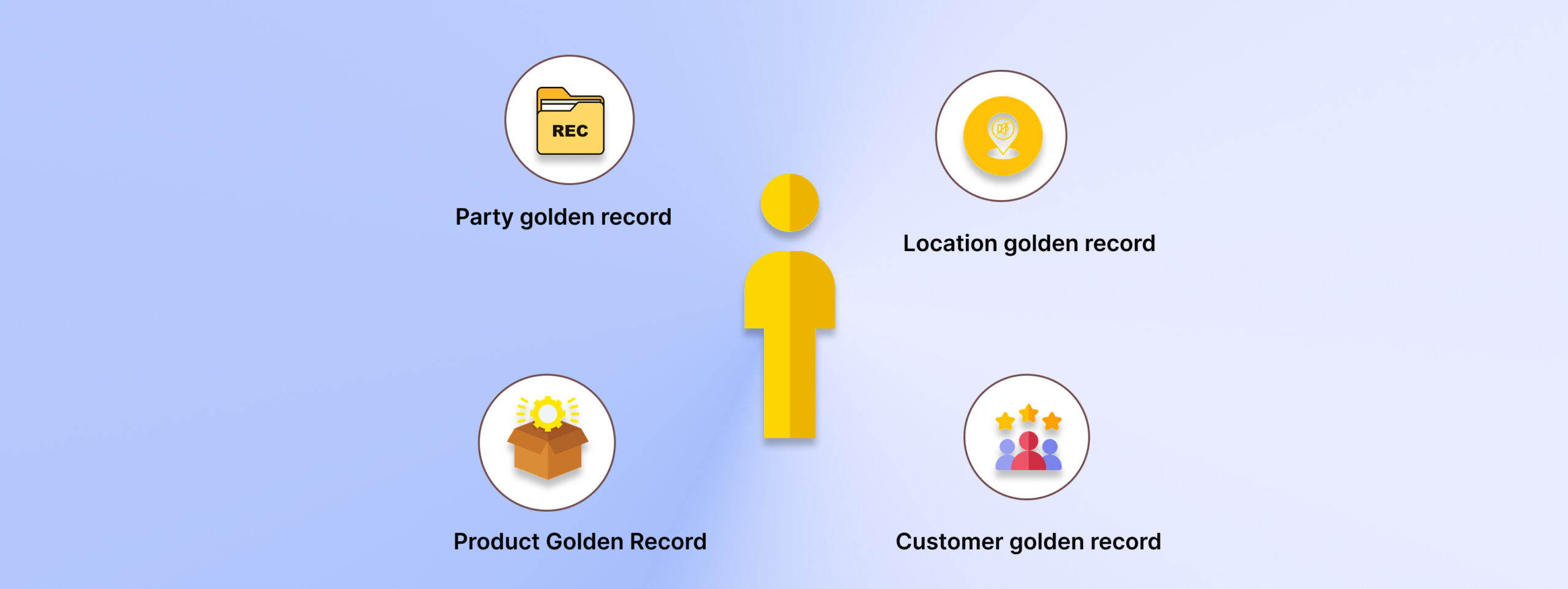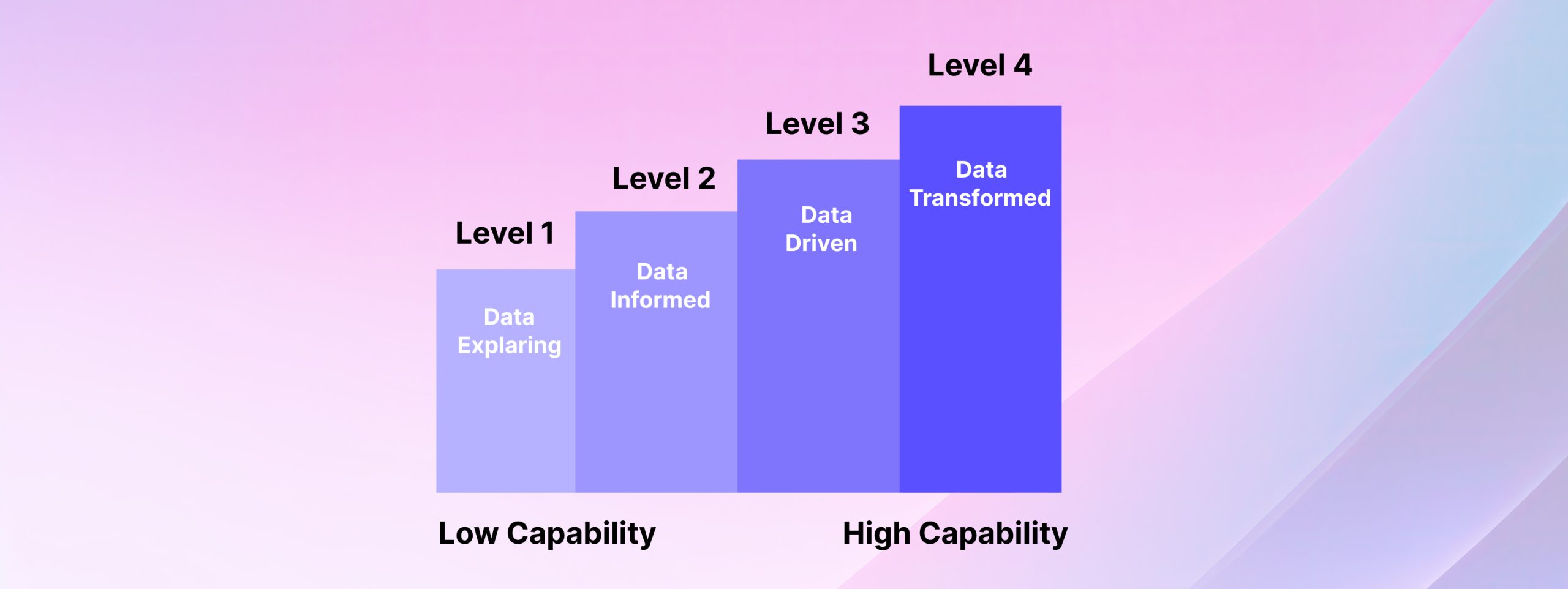In This Article
Managing databases accurately is a fundamental need of modern businesses. Earlier, the databases used to come in a certain type, but now they have evolved and expanded into various types, serving various purposes. Hence, understanding the database and its environment becomes critical and crucial.
Choosing the right database is extremely necessary to manage your data structures in the right way. Nowadays, you have too many options regarding database use cases, and also with tailored options. Instead of simplifying the database selection process, it’s getting much more complex.
Let this blog break down different types of databases and present their types along with applications. This will help you select the right database that can meet your data as well as organizational goals.
Get it started!
What is a Database?
A database is a place to collect and store vast amounts of data in a systematic order. A database is technically designed to store, access, manage, and analyze information electronically. A database can support any form of data, including words, images, numbers, videos, and other files.
The database environment is a created space where different types of databases co-exist. It allows data users to interact with one or more databases in the same loop. Manipulation of the data is certainly possible in the easiest way if databases are connected together.
Consider an Excel workbook or Google Spreadsheet for this. What you can see in them is a basic form of a table. Databases are exactly like that. Databases have tables with rows and columns that allow data to be placed there in a systematic order.
A database can be hosted on a server located at
- On-Premises Database (At the organization’s office)
- Off-Premises Database (at data centers)
- Cloud Database (the third type)
Purpose of Database
Electronic databases serve various purposes, from data storage to data management, and whatnot!
Primarily, the purpose of a database is to store, manage, and organize data. But in this modern age, a database serves a lot more purposes. The following are the reasons why databases are necessary for the effective functioning of data.

Databases hold a vast amount of data
Storing a vast amount of data without a database is of impossible thing. However, databases are storing information on a vast level without any complexities. From financial records to your social media posts, databases are performing their tasks. Databases allow the technical world to record its massive amount of data with accurate measures.
Databases allow a smooth transfer
With an established database environment, data can move from one end to another freely. A database environment allows data to travel via different measures. For example, when you shop on an online store then the checkout page directly connects to your bank’s server for the payment. Through a balanced database environment, every database is interlinked. It allows users with seamless experience when handling data.
Databases help update information faster
How quickly does your salary get credited to your bank? Or, how fast does a post reaction notification show to you when someone reacts to your post? – Super quickly, right? That’s because da database helps update your information faster. A database helps update information faster. With the application of coding, data lying in a database can be updated within a second. Changes in the database can be visible immediately once done.
Databases make the data analysis process easier
The biggest task of do the data research and analysis on databases easily. With the help of a structured database, data can be stored efficiently and prepared for analysis. A structured database allows data to stay in the database in the exact format, without any change.
Components of a Database
Databases are made of various components. These components vary in nature, depending on the structure of the database, which we talk about later. The following components are quite common among various forms of databases.
Objects
A database is basically a collection of objects and is composed of different forms of data structures. For example, data can be stored in the database in the form of tables, sequences, views, indexes, etc. These are all objects, and a database stores all these objects. Popularly, a database stores all the information in the form of a spreadsheet, organized in rows and columns.
Query Language
To access the database, querying is done with the help of a particular language or code snippet. SQL (Structured Query Language) is the most common language that is being used to access databases. However, there are other variations of SQL like MySQL, Hive, Presto, etc, languages help do the same tasks.
Schema
Like a blueprint that guides the builder about the design of the building, scheme is the design of the database. The development of the schema is done at the early stage of building the database. A schema helps design the database, and it’s a valuable source of information for those who want to look into and understand the database design.
Constraints and Rules
Constraints act like an administrator in a database. Databases deploy constraints to filter which data to store and which format will be used for that. Constraints make data less corrupt. Plus, it takes up data in a structured manner without messing up things. Constraints are more like rules that make the database rigid and strong over a long period of time.
Metadata
In databases, metadata acts like a short description or summary of the data. Basically, metadata is the data about the data. For example, a photo is data, so the metadata of a photo would be the location of that photo, the file format of that photo, the nature of that photo, etc. Therefore, when the database is managed via any software, it can easily understand the data and its type. Metadata helps machines to know what is contained in a database and what actions to perform in order to manage the data.
Database & database management system
Database and Database Management System (DBMS) are related terms, but they meet different objectives. Let’s check what is included in these matters.
- A database is a group of structured data where each group contains different forms of data, including tables, documents, etc. From a list of shoppable items to a set of picture galleries or bank details, a database contains all types of information.
- A Database Management System (DBMS) is a management process that is done via software. It provides an interface to the users to help with manipulating data and handling a vast set of data. DBMS software handles data storage, retrieval, control, recovery, and other various purposes regarding database management. Some examples of DBMS software include MS SQL Server, MongoDB, Oracle Database, etc.
What is a database structure?
Structure, like any other form, denotes how the data is organized within a database. It comes with different components, let’s have a look at them.
- Tables/ Spreadsheets: Data primarily gets stored in tables or spreadsheets, like an Excel sheet. These tables and spreadsheets contain rows and columns.
- Rows & Columns: A database gets a structured format with the help of rows and columns. Each row and column contains information that helps the database get a structured format.
- Primary Key: It’s a unique identifier to record each data in an accurate format into the table.
- Foreign Key: A special identifier that highlights the relationship between tables by referring to a primary key located in another table.
A database can contain any type of data (including text, numeric, and alphanumeric), but the structure follows the above-mentioned metrics. Following the above data structure makes the data management part easy. You can enable proper data storage, retrieval, backup, and overall management of the database.
Understanding Different Types of Databases
If we classify databases into a broad category, we can define them in two different ways;
- Relational Databases
- NoSQL Databases
Further, databases are subdivided into various categories, excluding these primary categories. Let’s talk about them here. But first, start with primary categories.
Relational Databases (SQL Databases)
The term ‘relational’ primarily comes from the way data is stored here. A relational database stores data in multiple and related tables, following a structured format. There is a program named the Relational Database Management System or RDBMS that allows users to create, administer, and update relational databases. SQL databases are the most common examples of relational databases.
Relational databases are extremely reliable, and they are compliant with the ACID (Atomicity, Consistency, Isolation, Durability) framework. Some examples of relational databases are MS SQL Server, Oracle databases, IBM Db2, etc.
NoSQL Databases
Anything that can’t be placed under a broad SQL framework gets defined under the NoSQL databases. These databases don’t use SQL and don’t have to conform to a pre-defined schema. Organizations that seek unstructured or semi-structured data can use a NoSQL database to their advantage.
Interestingly, developers can make changes in a NoSQL database in real-time without hampering the operations of the applications that are using the database at that time. CouchDB, CouchBase, Apache Cassandra, etc, are some examples of NoSQL databases.
Hierarchical Database
It arranges data in a tree-like structure and defines data in the parent-child relationship. These databases use scenarios to showcase clear hierarchies. This database model is exceptionally useful in organizational models, file systems, and hierarchical workflows.
Object-Oriented Database
Similar to object-oriented programming, this database model stores data as objects. This type of database model is ideal for such applications where the complexity of the data structure is quite high. Therefore, it makes this database type ideal for storing data related to multimedia data or financial data, etc.
Network Database
Like a graph structure, this model defines the relationship between data in a complex data environment. These database models have multiple tangent points or social networks to handle complex data systems. This model works better in a system like a ticket reservation system. It establishes a relationship between various data points.
Understanding of Database Structure in Each Database Type
Database environment is a created field where each component of the database collaborates with each other. Understanding the types and structure of each database is important in order to create a database environment. Let this section help you understand the advantages and drawbacks of each database structure coherently.
Object-Oriented Database structure
It’s s database that stores data in the form of objects, the same as you can find in object-oriented programming. Objects mainly will have two elements;
One, Data or attribute
Two, Methods (the way the operation will be performed)
Objects can be grouped into classes and thus inherit properties from classes. It helps define and store complex data and the relationships that exist between the datasets. These forms of database structures are suitable for programming languages like C++, Java, etc. However, these structures are not common in relational databases, plus they get less community support.
Hierarchical Database Structure
As discussed before, these types of database structures arrange data in a tree-like format. This model is comprehensively suitable for those organizations where relationships are defined in a clear hierarchical format. The best part of this structure lies in its simplicity and applicability. The structure of this database is flexible and can be defined in clear hierarchies. That’s the reason this database structure suits industries like logistics and finance. On the downside, this structure can’t handle complex data relationships, and thus, the usability has declined over the years.
Vector Database Structure
To handle high-dimensional vector data for AI applications, the vector database structure is widely used. It accurately manages, stores, and indexes vector data along with numeric representations for machine learning models. This database structure works best in search and recommendation systems. It can help recommend products or anything other based on user behavior. Due to AI integration, these databases are super fast in delivering search results. This structure allows integration with AI and Machine Learning (ML) algorithms. However, the maintenance of these databases requires specialized knowledge, and thus, only specialists can work with this system.
To manage your databases better, you can outsource data management services to India. Outsourcing can get you a person who can handle your database exceptionally.











